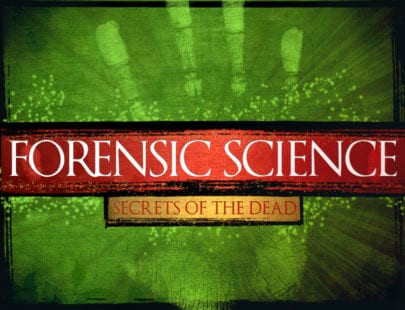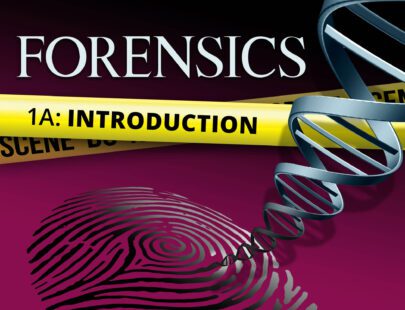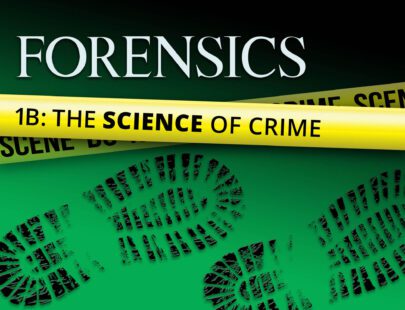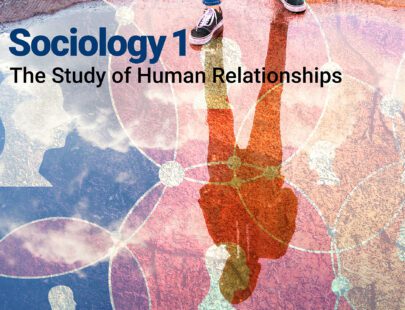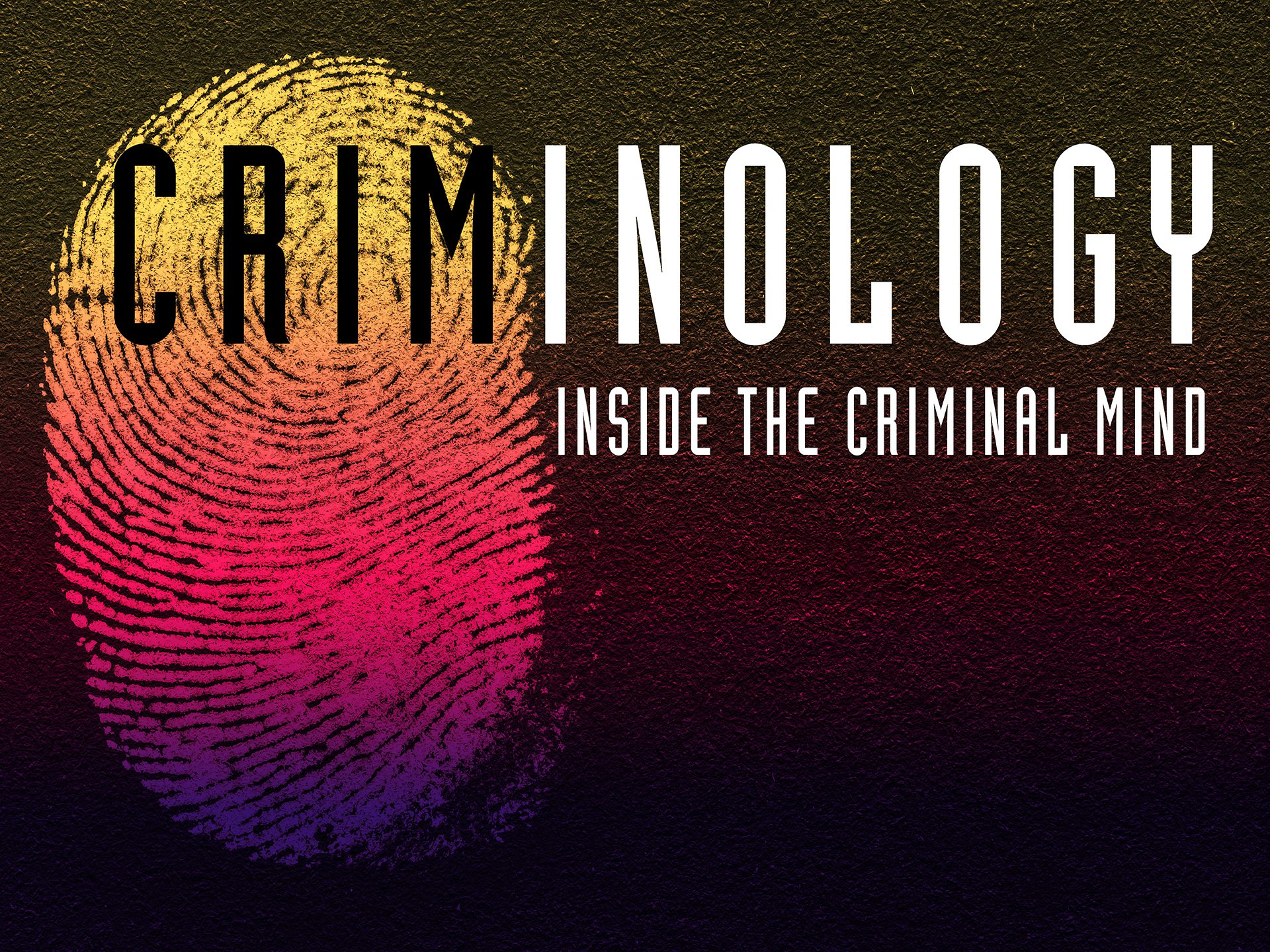
Criminology: Inside the Criminal Mind
Do you ever wonder about the people who commit crimes? Why do they do it and how are these cases investigated, solved, prosecuted and punished? From the theories behind criminal activity to the various types of crime, law enforcement, the criminal justice system, and the corrections process, you’ll take a deep dive into the study of crime. You’ll discover the intriguing aspects of this fascinating field and explore the many related career options. Whether you’re a true crime enthusiast or considering a career in the criminal justice system, this course is for you!
Units at a Glance
Unit 1: The World of Criminology
Are you a true-crime fan or someone who is fascinated by the darker side of human behavior? If so, criminology might be for you. This field seeks to learn not only about why crimes happen and who commits them, but also how to build a safer world. As long as there has been society, there have been people willing to disregard social standards. Criminologists have a lot of ways to look at why these people are willing to do so and the impact that crime has on society. Using proper research methods is essential to get accurate and meaningful results.
What will you learn in this unit?
- Describe five aspects of crime considered by criminologists
- Recognize the role social norms and laws play in defining criminal behavior
- Articulate the role of intent in criminal behavior
- Explain the challenges of common research methods
- Discuss common methods of gathering information in criminology
Unit 2: Biological and Psychological Theories of Crime
What makes someone become a criminal? Scientists have been asking this for centuries and have come up with many different ideas. Some have thought the answer lay in the body and brain, whereas others looked at psychology. By asking this question, scholars have been providing the basis for modern criminology. Today, we understand more about how the brain and body work, and this provides some new indications of how they shape behavior, so science still has a lot to say about this question. And the answers have legal implications for our justice system when determining whether a mentally ill person can be held criminally responsible for their actions.
What will you learn in this unit?
- Identify the scientific method and its role in criminology
- Explain early ideas about the biology of criminals
- Discuss brain chemistry, hormones, and genetics, as well as their connection to criminal behavior
- Recount foundational psychological theories of crime
- Understand how mental illness is managed in the criminal justice system
Unit 3: Sociological Theories of Crime
There are a lot of theories about why crime happens, and many criminologists have looked to society. It is the result of inequity? Bad neighborhoods? Or perhaps is it an indication of broader social failure? These are just a few of the questions that sociology scholars have considered. Crime is a complex problem, and part of effectively addressing it is understanding what causes it, and that requires considering the ways in which society functions well and where there are challenges.
What will you learn in this unit?
- Describe social structure theory and list five social conditions
- Compare social disorganization theory and strain theory
- Discuss the correlation of crime and location
- Differentiate between social learning theory and labeling theory
- Explain perspectives and theories relating to power discrepancies in society
Unit 4: Crimes Against Persons and Property
What is the difference between murder and manslaughter? Or first- and third-degree arson? There are categorizations of crimes to account for different levels of harm and intent. When a person’s physical safety is threatened, there are a range of crimes that are committed and distinct charges for the type of harm. Similarly, property crimes also have very specific descriptions, although these will depend more on the type of property. Understanding the different kinds of crime and the reasons why people commit them is one of the keys to staying safe.
What will you learn in this unit?
- Discuss steps taken to better serve victims of domestic violence
- Differentiate among gradations of murder and manslaughter charges
- Compare and contrast different forms of interpersonal violence
- Describe different types of crimes against property
- Develop strategies for personal safety and securing property
Unit 5: White-Collar and Organized Crime
White-collar crime is among the nation’s costliest forms of criminal behavior. Corporations are the site of a lot of crime, both by and against the companies involved. While the type of crime will depend on the nature of the business and the opportunities it creates, the workplace is the scene of a lot of common crimes. In organized crime, crime is the job. These networks specialize in criminal enterprise and operate nationally and internationally. Fortunately, there are enforcement agencies focused on addressing crime, whether it occurs in your neighborhood or on an international scale.
What will you learn in this unit?
- Define white collar crime and explain its consequences
- Explain different types of corporate crime
- Describe different types of occupational crimes
- Articulate the connection between organized crime and terrorism
- Discuss law enforcement roles, tasks and skills
Unit 6: The Criminal Case Process
What happens when a crime is committed? It will set off a chain of events that begins with an investigation and possibly ends with the person who committed the crime going to jail. However, there are a lot of steps in between. Investigating the case will require the collaboration of law enforcement officers and those who analyze evidence. When all the facts are found, the case will enter the court system. In the process, those bringing criminal charges will have to prove that they have solid reasons to believe that they have the right person. If a trial determines that they do, the correctional system will take over. This process brings together many elements of the criminal justice system.
What will you learn in this unit?
- Compare juvenile and adult justice
- Describe the steps for dealing with crime scene evidence
- Articulate the rights of those suspected of a crime and the limits of law enforcement
- Explain the steps in the trial of a case
- Discuss different goals of the criminal justice system
Unit 7: Law Enforcement
Law enforcement officers will spend much of their time working with the public, and often with its most dangerous members. Officers participating in various police procedures must take safety measures to keep the community and themselves safe. Policing involves understanding when and how to de-escalate a situation, and when the use of force may be required. Working with a diverse community is also an important element of law enforcement.
What will you learn in this unit?
- Compare the crime control and due process policing models
- Discuss changes in the goals and methods of policing over time
- Describe various police procedures, including safety measures
- Recognize the steps in the use of force continuum
- Identify requirements for a career in law enforcement
Unit 8: Courts and Corrections
The United States has a complex justice system with specialized courts at both the state and federal level. These venues work together to make sure that all get the fair trial that they are entitled to in the Constitution and have a means to appeal when they fear justice has not been served. If found guilty, those convicted might enter one of the many different correctional facilities or find themselves subject to monitoring and supervision. Whether working in the courts, the prison system, or other areas of criminology, it is important to maintain safety for those who work in the field and the populations they serve.
What will you learn in this unit?
- Compare and contrast state and federal court levels and their functions
- Identify professional roles in the court system
- Discuss the different types of incarceration
- Describe the steps in the prison intake process
- Articulate how to manage basic health and safety incidents
Required Materials
- No additional materials are required for this course.
